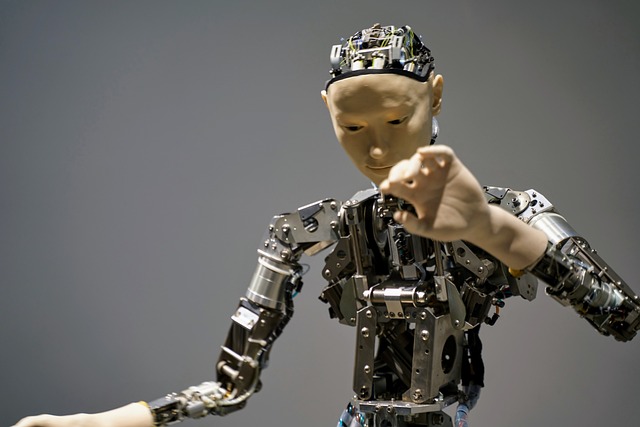
Robots are evolving fast, and the latest humanoid prototypes are blurring the line between machine and human. The image of a lifelike robot with mechanical limbs and a synthetic face showcases just how far engineers have come. These robots are now capable of subtle movements, facial expressions, and even emotional interaction, opening new doors in service, healthcare, and companionship.
Built with intricate mechanical systems and advanced AI, humanoid robots are being developed to assist in real-world environments. From elder care to customer service, their ability to communicate, move naturally, and recognize emotions makes them ideal for roles that once required human empathy and awareness. Their presence also sparks debates about ethics and social impact.
Researchers are investing heavily in soft robotics and AI learning models to make these machines even more adaptable. Motion sensors, facial recognition, and language processing allow robots to learn from interactions and adjust behavior accordingly. The goal is not just automation, but collaboration—where robots work alongside people in meaningful ways.
Public interest in humanoid robots continues to grow, with companies unveiling prototypes at global tech expos. Audiences are both fascinated and wary. While some see potential for education, therapy, or companionship, others raise concerns about job displacement and over-reliance on machines. Regulation and transparency remain essential as adoption increases.
As the technology matures, humanoid robots may become everyday tools, blending seamlessly into homes, hospitals, and offices. The journey from cold automation to emotionally intelligent assistance is still underway—but each innovation brings us one step closer to a future once imagined only in science fiction.
No comments...
It is not possible to leave comments at this time.